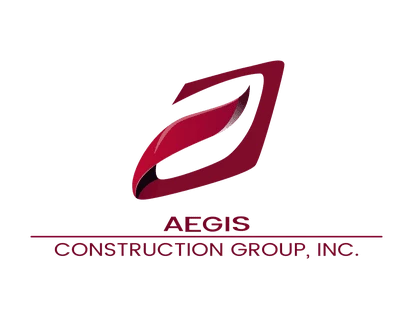One of the major steps to protect your roof from water damage, leaks, or ice dams is to install an ice and water shield. An ice and water shield is commonly known as a roofing underlayment and is a waterproof, rubberized underlay beneath the shingles. This underlayment acts as a barrier that protects certain areas on your roof and attic space from water damage and leaks. Thankfully, the installation process for the underpayment is not extremely complicated to do but needs precision and accuracy to complete.
How to Install
As previously stated, installing an ice and water shield is relatively simple; if you follow each step, you will not run into any problems.
- Prepare The Roof Deck – the first step is to prepare the area that will be covered and remove all debris.
- Measure And Cut – the next step is to measure the area and cut the ice and water shield to size. It is recommended to leave an extra six inches on each end for overhang.
- Installation – to install, start at the bottom of the roof. Please take off the backing of the shield and stick it to the roof decking. Overlap each row of ice and water shield by at least six inches.
- Install Shingles – after the shield is installed, you will have to reapply the shingles on it.
- Finalize The Installation – after putting the shingles back on, you may install the ridge cap.
Benefits and Disadvantages of Water and Ice Shield
There are a multitude of advantages to having ice and water shields, particularly in areas that have harsh weather.
Benefits
- Prevents water damage, leaks, and moisture from entering the roof valleys during wind-driven rain.
- Prevents an ice dam -an ice dam is a buildup of water that freezes, eventually entering the roof deck. Ice dams are some of the most common issues that a person could deal with on their roof.
- It provides an extra layer of protection from ice and water damage
- Durability
Disadvantages
- Cost can be relatively more expensive than other roofing underlayment. If you are putting on a new roof, it will add to the roofing material costs significantly.
- Professional installation is advised as it requires accuracy and safety precautions.
- These are only sometimes required, depending on the area you are living in and local building codes.
Building Codes
If you plan on installing ice and water shields, a few building code requirements depend on where you live. The following are some of the common codes to remember when installing water and ice shields:
- International Residential Code – this requires the installation of the underpayment in areas with a history of ice forming along the eaves.
- The Amount Required – building codes state that you must install enough ice and water shields to a 24-inch requirement.
- Local Codes – this will require some individual research as they may vary depending on the region and climate of your area.
Related Articles
Ice Dam Prevention
How To Clean Vinyl Siding
Conclusion
Overall, water and ice shields are premium roof systems and are an excellent way to prevent any damage to your roof in regions of cold weather. There are several advantages and disadvantages to installing water and ice shields; each person has to weigh the options to determine if it is worth installing them. If you are installing the underpayment, make sure you follow the steps laid out in this article and remember to adhere to all building codes in your area. For professional Ice Dam Removal Services in Chicago, contact us today!


